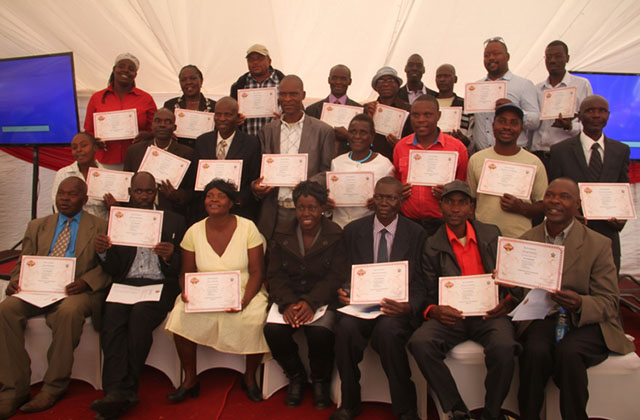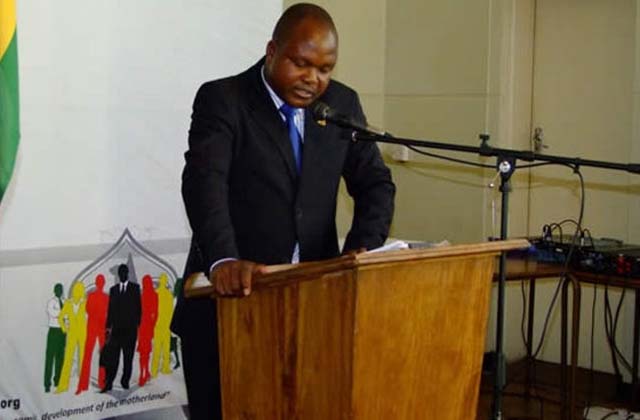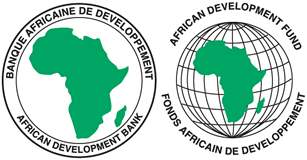Farmers sitting on $60m

Sydney Kawadza Senior Features Writer
Do Zimbabwean smallholder farmers know that they are sitting on a potential $60 million earnings per annum from beef exports? That money can be realised through adding value to livestock production.
Scholar Blasio Mavedzenge and his research colleagues Ian Scoones, Felix Murimbarimba and others in 2010 noted that with the right environment, incentives and support structures, smallholder farmers can be used to launch the rehabilitation of commercial beef production.
In their research paper, “Changes in the Livestock Sector in Zimbabwe Following Land Reform: The Case of Masvingo Province”, Mavedzenge and his colleagues argue that this would benefit all parties by improving the off-take of beef production in Zimbabwe. They further argue that this would also begin the process of restoring Zimbabwe’s beef exports with the prospect of earning US$50-US$60 million per year.
There was a time, they noted, after 1985, when the Africa, Caribbean and Pacific preferential trade agreement came into force. Then Zimbabwe had access to the lucrative EU market with a quota agreement of 9 200 tonnes per year, according to the paper.
“In 1985, Zimbabwe, alongside Botswana, Namibia, and Swaziland (all members of the Africa, Caribbean and Pacific group), negotiated a deal with the European Union for export of boneless beef under a generous reduced tariff, preferential access arrangement.
“Zimbabwe’s annual quota generated around US$50 million of much-need foreign exchange each year.
“During the 1980s and through the 1990s beef exports grew, with 4,397 tonnes exported to the EU in 1986 and 9,184 tonnes in 2000, peaking at 14,503 tonnes in 1993, up from a minimum level of 715 tonnes following the Foot and Mouth Disease outbreak of 1989 and the resulting 18 month ban,” the paper noted.
It is on this basis that efforts have been trained on unlocking this value in the beef industry with Government and its partners working on empowering farmers who have ventured into livestock production.
One of the initiatives is the Nurture Education Trust. Established in 2016, the programme aims at assisting smallholder farmers to commercialise their cattle production.
A joint effort between Government’s Livestock Production Department, NET, CC Sales and various agricultural colleges, the Trust seeks to empower small farmers with the knowledge to generate a return on their primary asset – cattle – and make the transition from cattle-keeping to commercial beef production.
The NET’s Stockman Academy, drawing from the wide-ranging expertise of experienced farmers and with their willingness to share their commercial cattle production knowledge, also seeks to equip smallholder farmers with the type of expert knowledge that only comes from experience.
NET project manager Mr Charles Chakona said the concept is to tap knowledge from retired farmers and other livestock experts and capture this in a form that benefits the farmers.
In its first year, NET has trained more than 200 farmers, 40 percent of them women. The farmers are drawn from every cattle-farming district of Zimbabwe
The programme consists of five modules including nutrition, breeding and reproduction, animal health, cattle handling and cattle farming as a business. The first cycle of the program was completed in April 2017 having commenced in June 2016. The second year of farmer training starts next month.
Speaking during the certification of 150 farmers in recognition of their completion of the programme, managing director Mr Mark Hayter said the academy will soon be launching the Nurture Beef Stockman Academy Mentorship Programme.
“Farmers that have completed the programme will be paired with commercial farmers who are beneficiaries of the Nurture Finance Scheme. “The mentorship programme is designed to encourage the farmers to continue developing their skills after completing the course,” he said.
He said the trained farmers would play a leading role in promoting good cattle husbandry practices in their home communities and in the development of the beef industry. “In rural communities that are traditionally centred on cattle production, strengthening cattle productivity improves livelihoods at many levels,” he said.
Founding Trustee, Mr Vichirayi Gappah said NET was founded to give opportunities for competent, willing and leading farmers to learn from more experienced farmers.
“We believe strongly that there is more to farming than knowledge found in books, we want the intergenerational knowledge acquired through best practice to be transferred to as many people as possible, to people with the aptitude, and willingness, to pick up, apply and pass on such important knowledge,” he said.
In the key areas taught to farmers, firstly, the breeding and genetics, farmers where taught on importance of good genetics in production, how different breeds adapt to different environments, the advantages of cross breeding in beef production and how one can use a simple visual condition score as a herd reproduction management tool.
In cattle handling, taught by senior expert John Crawford who once managed a herd of 16,000 in Australia, farmers were also taught how to effectively carry out basic procedures such as dehorning, castration, branding and weaning.
Eighty-three-year-old Japie Jackson, once involved in cattle production, animal health and cattle nutrition in Zimbabwe for the past 60 years, taught the area of nutrition.
“In this course farmers were taught about importance of understanding the cattle nutrition cycle and the relationship between nutrition and vital body functions, milk production, growth, reproduction and fat deposition.
“Farmers were also given a lot of useful hints on how to improve nutrition using resources that are within their different environments.” In animal health, farmers learnt the importance of understanding what a normal animal looks like to make it easier to identify a sick animal Cattle farming as a business on understanding the commercial aspects of cattle production.
Mr Gappa said Zimbabwe lagged behind its international peers on two key metrics, namely, the productivity of the national herd and the quality of the genetics.
“These metrics ultimately affect the end product. Improving these two elements requires education and a joint effort from all of us. We all have to educate ourselves to improve what we are currently doing.”
Mr Gappa said Zimbabwe was blessed with tangible assets in the form of vast grasslands, good soils and a climate suitable for cattle rearing.
“One of the intangible assets that we have are the skills and knowledge that have been developed over generations.
“Over the years, Zimbabweans have made vast contributions to international academic journals and have exported meat related products that were considered to be of the highest quality and consistency. “These skills are here in Zimbabwe but for many reasons, including advanced age, we risk losing them.”
Agriculture, Mechanisation and Irrigation Development agricultural education and farmer training director Mr Moffat Nyamangara, who officiated at the farmer certification, hailed the programme.
“As you are aware our beef production has not been moving in the pace that we have anticipated but with the kind of efforts that Nurture Education Trust has made here we can now be pleased to see programs that empower farmers who were given land in the land reform program to start their own herds to have and expand their own herds so we can increase beef production levels in the country,” he said.
He said the academy programmes were part of Government’s effort to increase the quality of beef production in Zimbabwe. “It is our hope that Zimbabwe will become an exporter of beef and beef cattle to the region, something we used to do in the past.
“So in terms of Government policy and, yes, we are aware that Government policy is to rebuild the herd because our beef herd was declining just like also in the dairy industry where the dairy herd was declining but we need initiatives like the one we have seen here,” he said.
A beneficiary, Mr Pelatia Mawanza (23) from Mwenezi district said the programme enhanced the natural skills farmers adopt at their farms.
“I have realised that there were so many fundamentals that were missing for actually going commercial. “I think that is something that is a problem in the nation that, yes, we have all these resources but we do not know how to full utilise them into commercial basis.
“So l have come to learn the real stages of going further and not just keeping the cattle as graft at home or something to watch but actually as something that can help communities and create employment (and) even feed generations to come,” he said.
Annah Mariwo from Kwekwe District in the Midlands province said such programmes were very important for farmers. The cattle farmer, who is also a student at Mlezu Agricultural College, admitted not having much understanding on cattle rearing.
“I now know the true value of cattle. In the past we thought we could use it for farming and for milk production. “We now know the true value of a cattle. We know how to breed and how to rear them.
“We see their value in farming, milk production, beef production and selling them and doing it all commercially,” she said.
According to Government’s Zim-Asset policy document under the Food Security and Nutrition Cluster’s Livestock Production and Development, there is need to grow the national cattle herd and national meat production.
This is expected to be achieved through, among others, livestock support programmes, setting livestock breeding and multiplication centres, increasing beef production by 400 000 tonnes and implementing livestock drought mitigation programmes.
Among the strategies, according to Zim-Asset, are the institution of measures for livestock restocking to all the beneficiaries of the Land Reform programme and establishing livestock breeding and multiplication centres.
Government also seeks to strengthen livestock pest and diseases surveillance programmes, livestock research and extension services while implementing livestock drought mitigation.
Feedback: [email protected]








Comments